SNMP Card

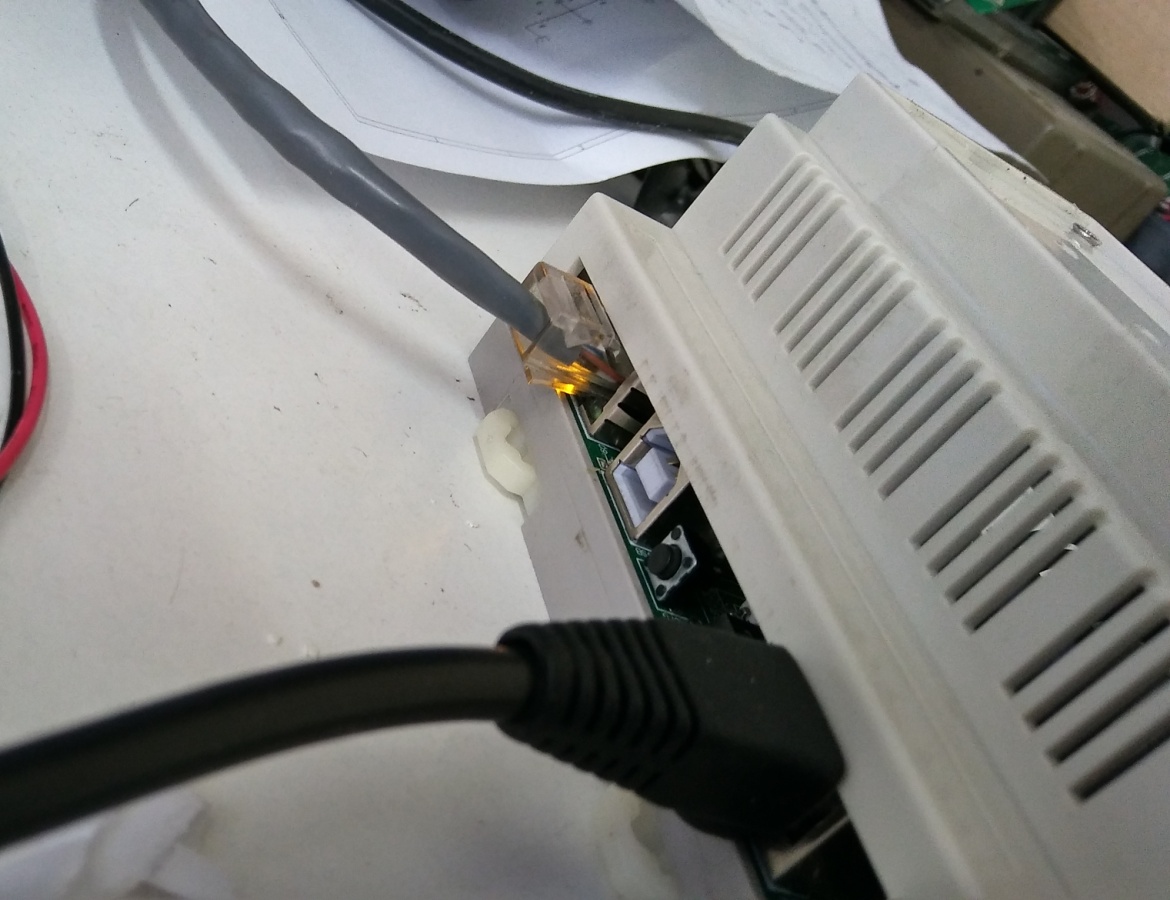
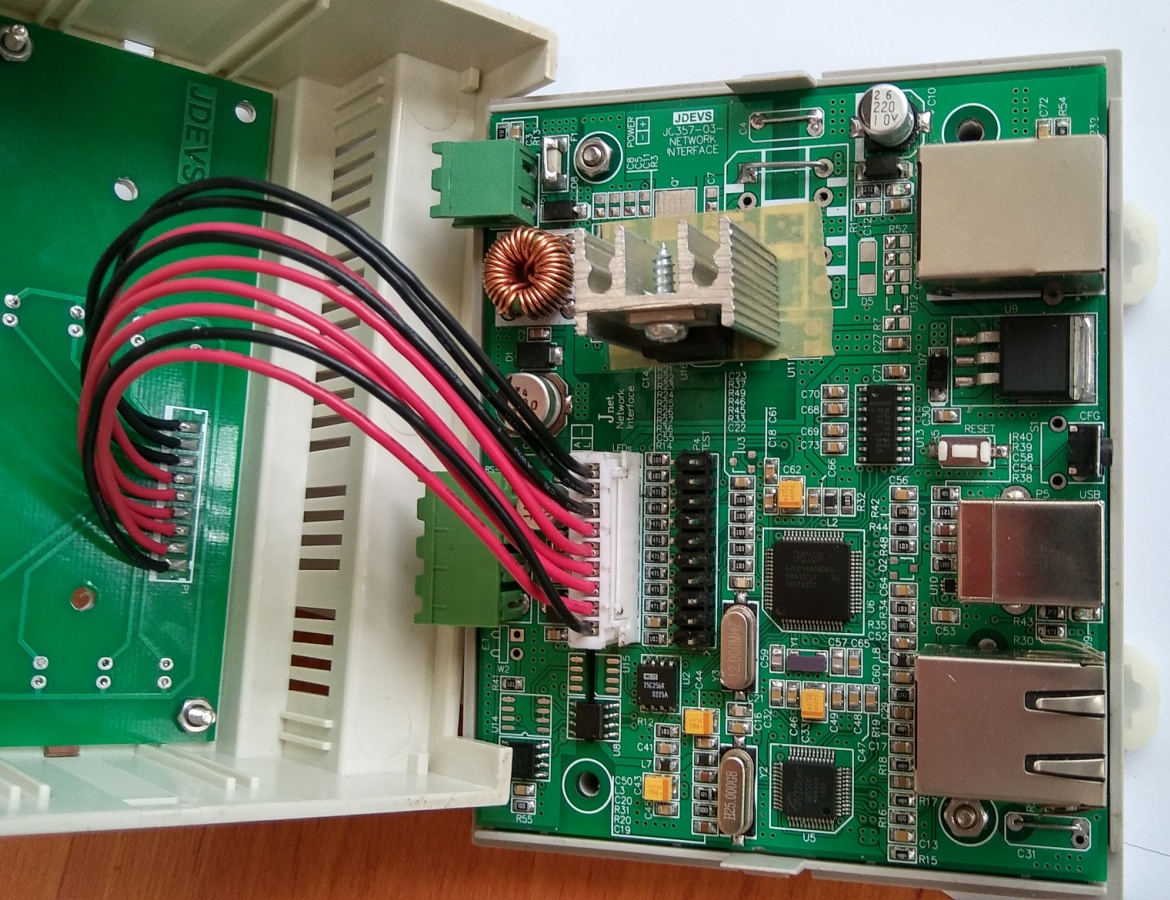
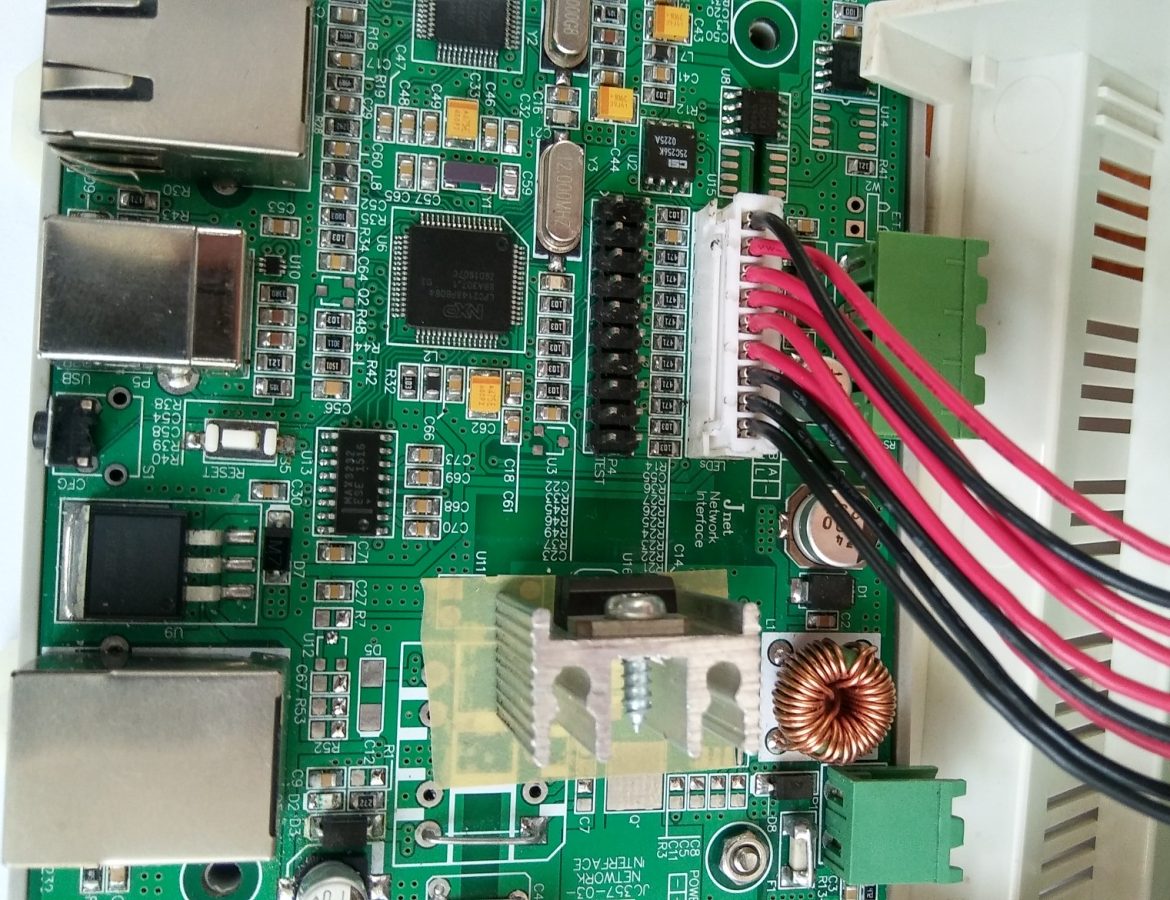
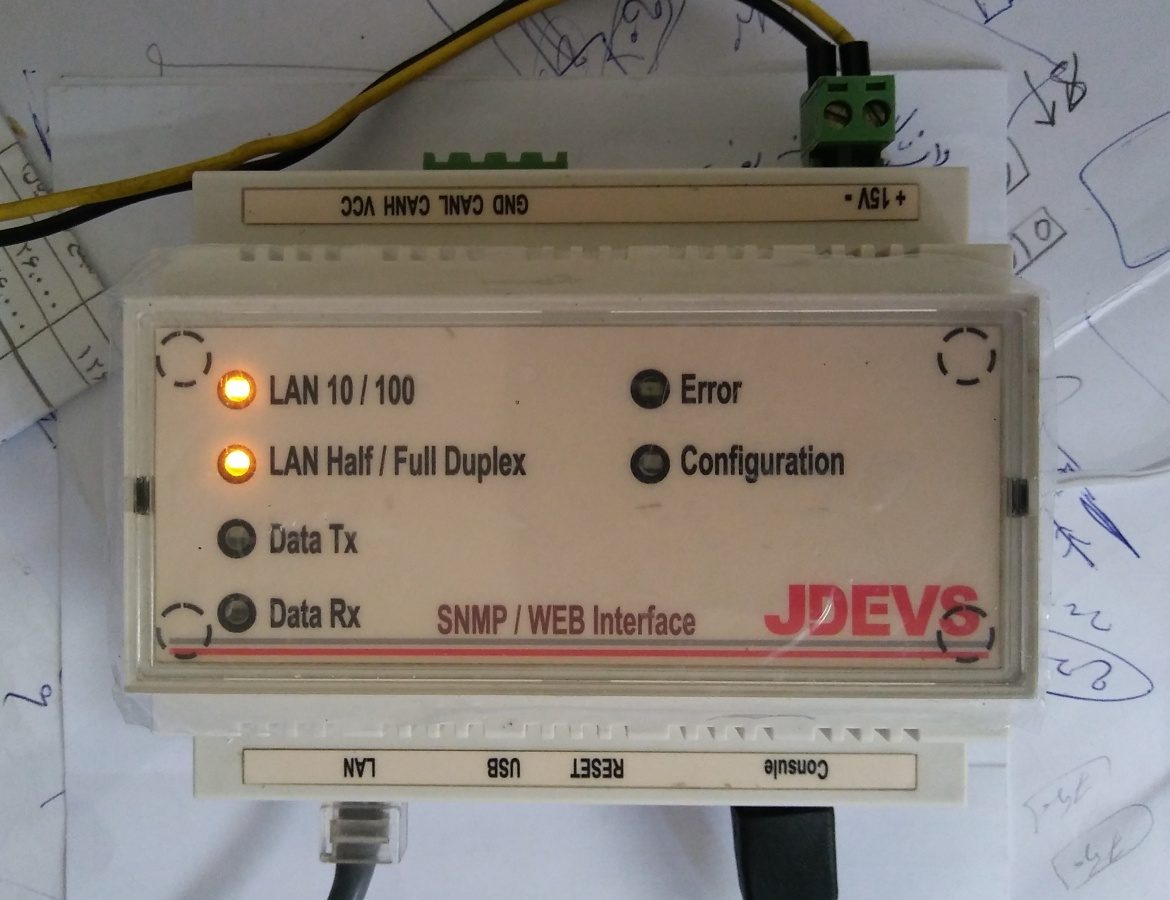

SNMP (Simple Network Monitoring Protocol) is an old defined (1988) application layer protocol used to collect information, monitor and manage devices on the IP networks.
An SNMP Card is an interface between a UPS and the network, providing monitoring and control of the UPS remotely using network interface (Ethernet) and SNMP protocol. According to importance of UPSs in networks, management and monitoring them through network is essential. Since SNMP is mainly used for network management and monitoring, an SNMP Card can enable a UPS to connect to the network through SNMP protocol and be controlled by network manager.
An SNMP Card is an agent in SNMP system, which contains at least one MIB (Management Information Base), and collects data via serial port to fill MIB. MIBs describe data of a device placed on the network. The standard MIB using in SNMP Cards for UPSs has been defined in RFC1628. However, some UPS manufacturers include their private MIB along with RFC1628. The interface between SNMP Card and UPS is RS-232 serial port, and there are some standard protocols to transfer data between them, such as SEC (System Enhancement Corporation) and
US9003. But most of the manufacturers use their own protocol as they produce SNMP Card for their UPS products. Visit networkupstools.org to find out more about protocols used in UPS.
JDEVS SNMP Card specifications:
- Ethernet 10/100BT
- DHCP and static IP
- SNMP-V1
- UPS MIB RFC1628
- Web server (monitoring, control, and configuration)
- MODBUS over TCP
- Isolated MODBUS over RS-485 serial link
- Serial console for the agent configuration (SISCO console cable)
- ARM microcontroller
- Six LED indications
- Wide supply voltage range (9 to 24 VDC)
In JDEVS products, MODBUS over RS-485 serial link is used as the monitoring communication interface for industrial UPSs. Therefore, SNMP Card has been designed to connect to the MODBUS over RS-485 instead of RS-232 as other manufacturer use. The RFC1628 has been implemented as the supported MIB.
Furthermore, a web server has been implemented along with SNMP protocol providing an easy access to agent with any web browser software, such as Mozilla Firefox. HTTP is the protocol of web server, and Basic authentication is used to provide user access control based on username and password. Pages of the web server are simple HTML, and JDEVS logo is shown below all the pages. Single line diagram of the UPS is drawn with ASCII characters as following. UPS parameters defined in RFC1628, network settings, SNMP settings, user settings, and MODBUS over TCP settings are available on web server.
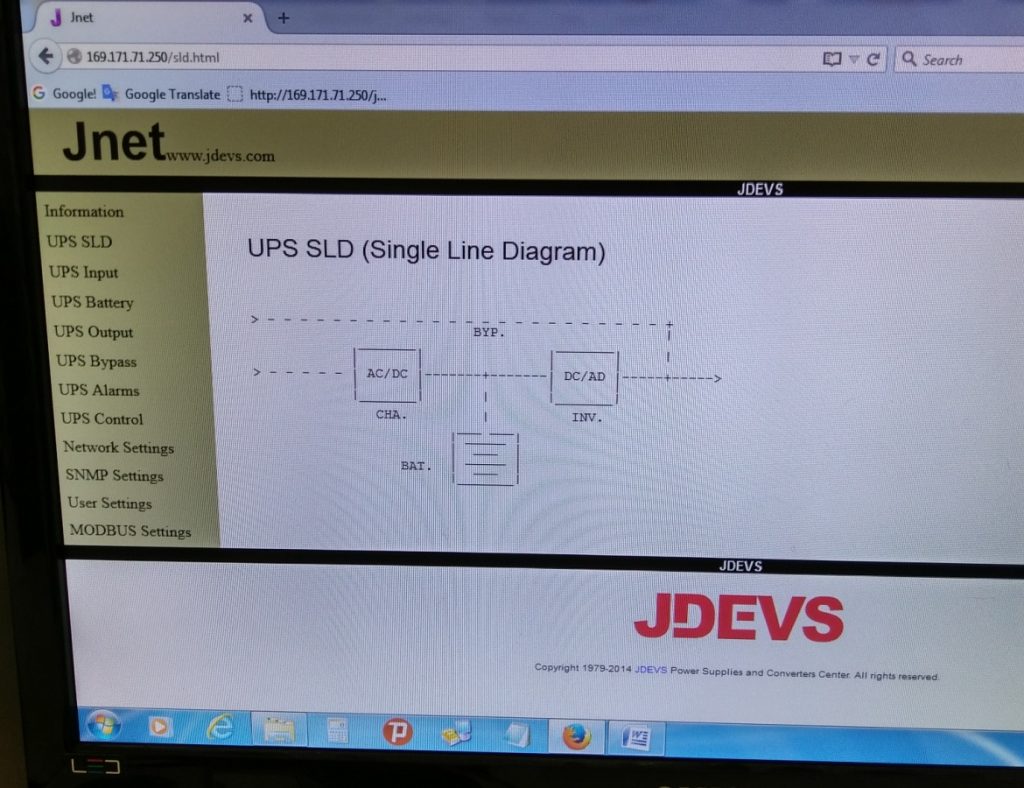
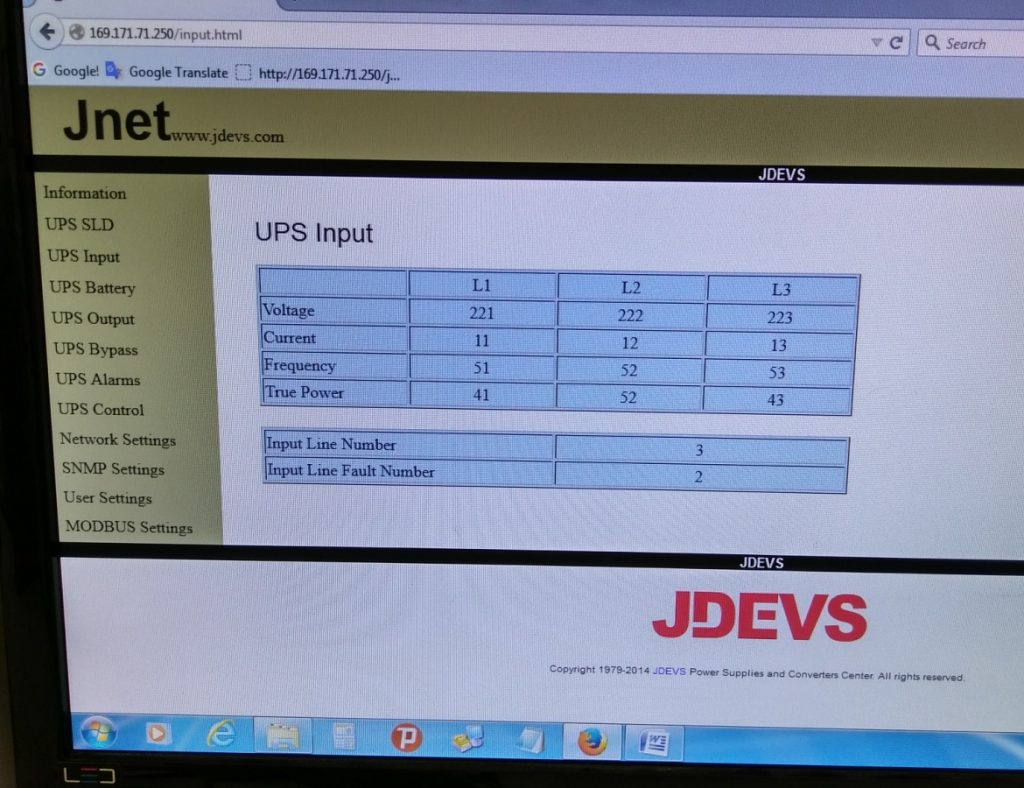

The PCB shown below has been designed in two layers with Altium Designer using parts in mostly 0805 size. The isolated fly-back switching power supply provides a 5V-2A from 9 to 24VDC input voltage. Then there is a 3.3V Linear LDO, LM1086-3.3, providing supply voltage for entire the circuit. A linear 5V regulator with a heat sink can be mounted on the power section instead of switching power supply in case of input voltage range from 7 up to 12V, in order to decrease cost, but no isolation will be provided then. A Reset Factory push button restores default settings for user, network and other settings parameters.

An isolated RS-485 MODBUS port makes the device a slave node on the JDEVS UPS communication bus to collect MIB data from UPS. Connection status on the UPS bus can be monitored on the UPS’s HMI as follows.

A serial RS-232 interface is available on device to make configuration more easily. It provides a command base terminal interface supporting any VT100 serial terminal, such as Windows Hyper Terminal. The serial port connector is compatible with SISCO console connector, so SISCO serial console cable can be used for this device.
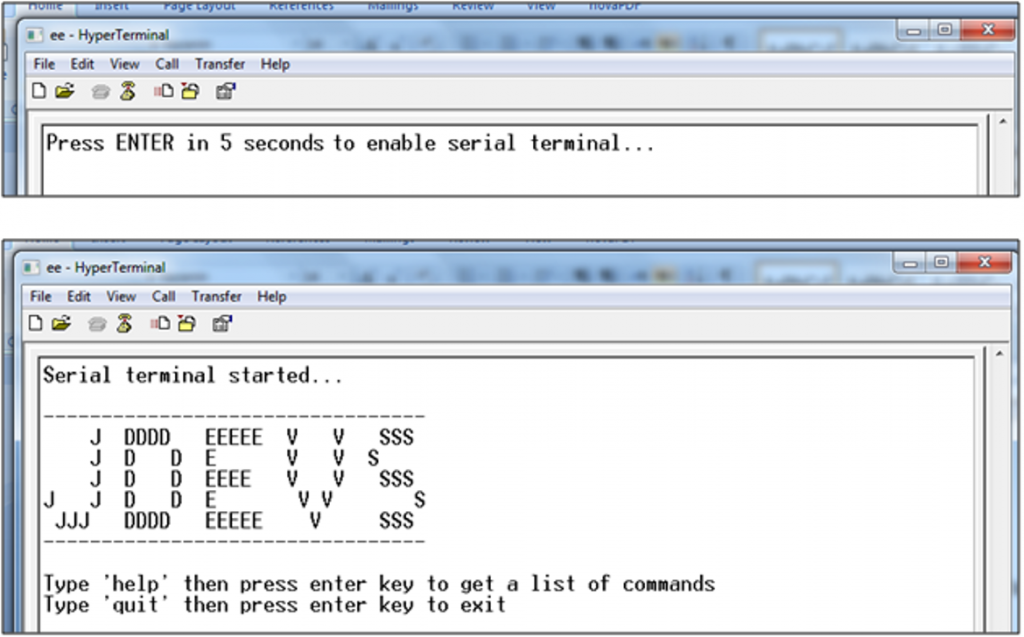
PROJECT INFO.
- CLIENT: A JDEVS product
- DATE RELEASED: 2017
- MY TASKS: Entire the Project - HW and FW Development
- TAGS: SNMP Card, W5500, WIZNET, ARM, ARM7-TDMI, JDEVS, LPC2148, NXP, Indusrial UPS, Network, Ethernet, Internet, TCP/IP, UDP, HTTP, DHCP, RFC1628, UPS MIB, SNMP Agent, Serial Console, Switching Power Supply, RJ45
